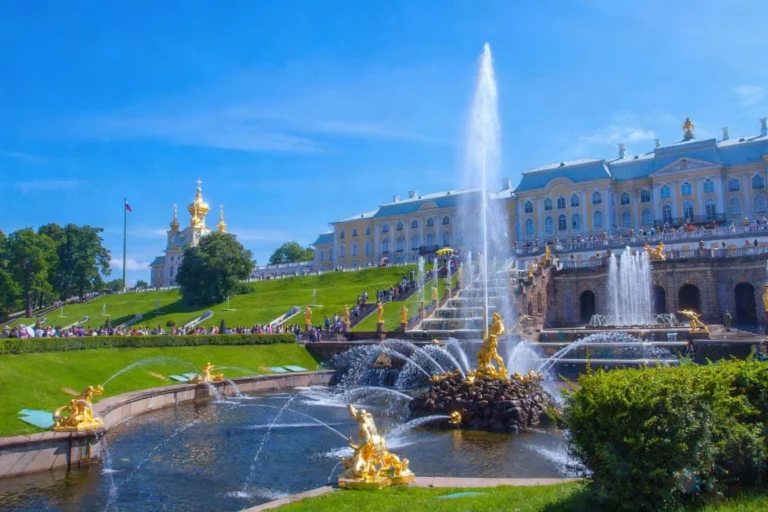Copenhagen: 30 Curious Secrets Behind the Hygge Smile
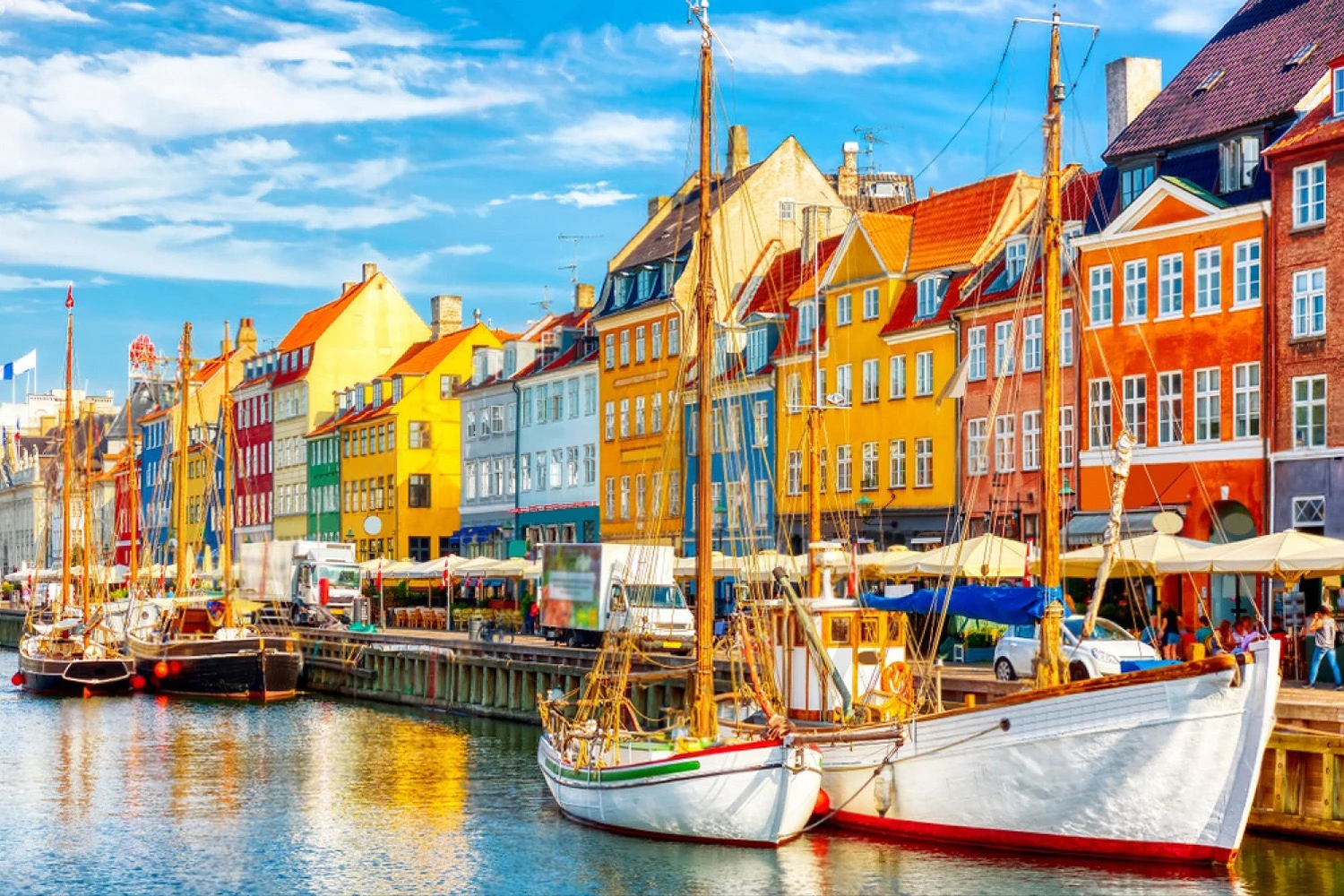
I came looking for big views, but what caught me were the small things the soft clack of a bicycle chain, rain cooling the stone underfoot, cinnamon drifting from a doorway. In Copenhagen, it feels like lifting the hem of a well loved coat to find a secret pocket. Inside that secret pocket are quiet human moments a shared glance at a crosswalk, a barista’s quick smile, neighbors talking through an open window that tell me I’m beginning to know this place. Come along to notice the overlooked textures, gentle sounds, and everyday flavors that suggest a deeper spirit present in daily life.
Where islands stitch neighborhoods together with quiet canals
I didn’t expect a city to feel buoyant. Morning light skips off the canals, bikes hush over the wooden slats of a bridge, and the air smells faintly of salt and warm pastry. Seabirds fuss, masts clink, and everything seems paced by the water.
Across this country lie hundreds of little islands. Copenhagen doesn’t sit in one neat piece; it reaches over channels and back again, until neighborhoods feel close even when water runs between them. Canals and bridges tie the whole place into a soft knot you can cross in a few steps.
I remember leaning on a low railing and realizing how comforting that is – life here is made of crossings. There’s a gentleness to boundaries when water keeps you company: people pause, the wind tastes clean, and the city feels open, joined by open sky and small bridges.
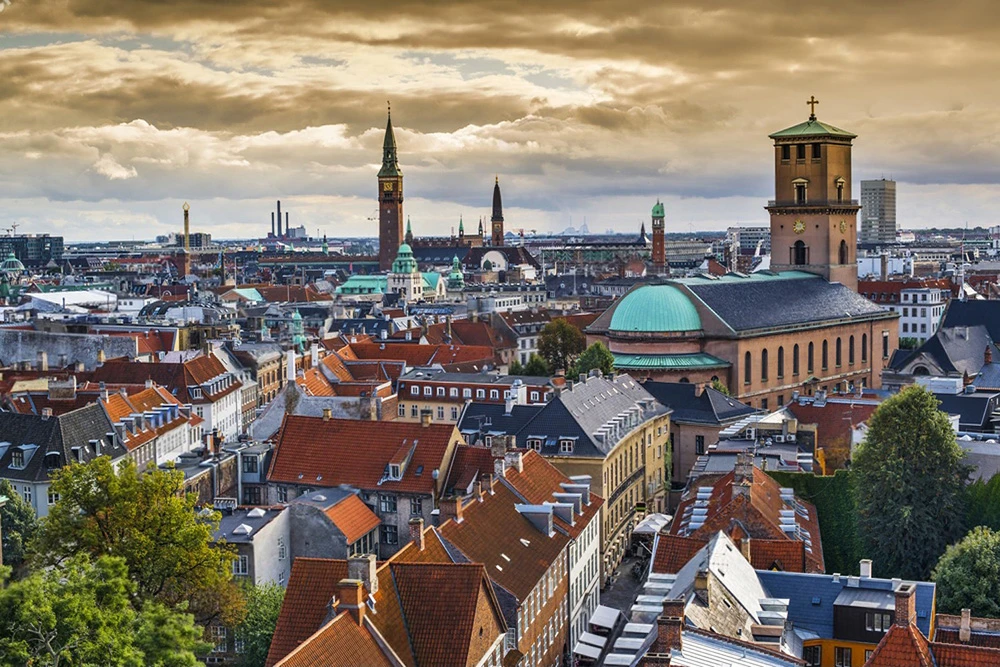
Bakken, older than Tivoli, hidden among deer and trees
I always thought Tivoli was the oldest of them all, open since 1843-the world’s second oldest. Then I learned there’s one even older: Bakken, running since 1583, just north of Copenhagen, tucked into a royal forest where wild deer nibble the edges of the midway and vintage rollercoasters quietly creak.
I remember the way laughter tucks itself into the beech trees, the smell of roasted almonds and damp leaves, and the soft thud of hooves somewhere off the path. It feels unhurried here, like time doesn’t stand still so much as loop gently between then and now. That’s the charm of Bakken to me not louder or brighter than Tivoli, just older, kind, and quietly sure of itself.
https://en.wikipedia.org/wiki/Copenhagen
Three Nyhavn homes, one tide of fairy tales
Funny how a row of painted townhouses can hide so many beginnings. I remember the canal light flickering on old windows, ropes clinking against masts, that mix of coffee and brine in the air. Somewhere behind these panes Hans Christian Andersen lived not once but three times. And as you wander the harborfront, you’re really passing the rooms where The Little Mermaid learned to yearn, The Ugly Duckling found its shape, and The Princess and the Pea refused to sleep.
What moves me is how ordinary life cradled all that magic. Maybe it was the drafty winters, the chatter from a downstairs café, a desk catching a slice of afternoon sun; maybe just the gulls calling him back to his thoughts. It makes the tales feel local, like good neighbors, and it whispers that wonder often grows from cramped corners and stubborn hearts paper boats set loose on the canal, somehow crossing oceans.
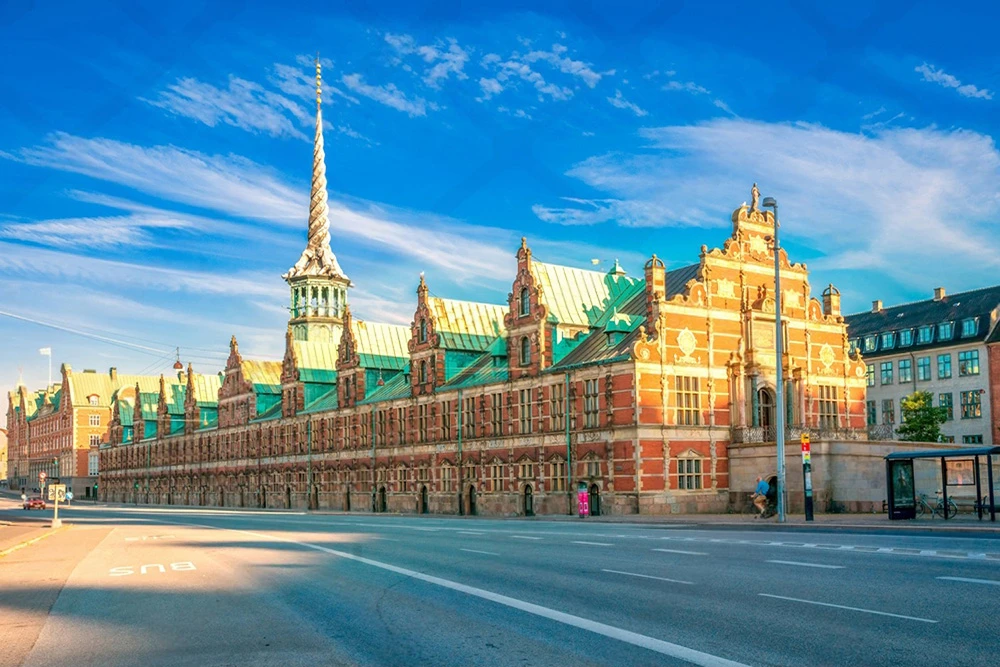
Leaping into January with a midnight chair jump
The candles were down to warm stubs, and the floor felt cool through my socks. I remember the wobble of standing on a chair, the quick hush before laughter – and then that tiny leap. Not drunken silliness, but a ritual with a wink: hop into January to shoo away bad luck, like shaking crumbs from a tablecloth. It’s funny how a three inch jump can make your heart feel lighter, as if the year had been waiting for you to meet it halfway.
In Copenhagen I learned how much hope can fit inside a small hop. Neighbors cheered through open windows, glasses clinked, and the night air carried a sweetness that wasn’t just from the pastry on the table. The whole thing felt like a soft reset button on the year – humble, playful, and stubbornly optimistic. I still think about that moment when your feet find the floor again, and somehow it’s not just the floor; it’s the promise that even a new year can start with something simple and kind.
Where slaughterhouses learned to dance at night
I laughed when the bass bounced off white tile. There’s something unexpectedly tender about music filling a room built for something colder. In Vesterbro’s Meatpacking District, old slaughterhouses have become galleries and bars, soft neon pooling on cream tiles, glasses clinking where the air once smelled only of work.
On summer nights, doors swing open to the street and the parties drift outside DJs coaxing a low thrum, art prints catching the last light, the air fizzy with hops and warm pavement. I remember standing there with friends and strangers, feeling the place relax; the city seemed to say that reinvention can be kind, a tough story told with a smile.
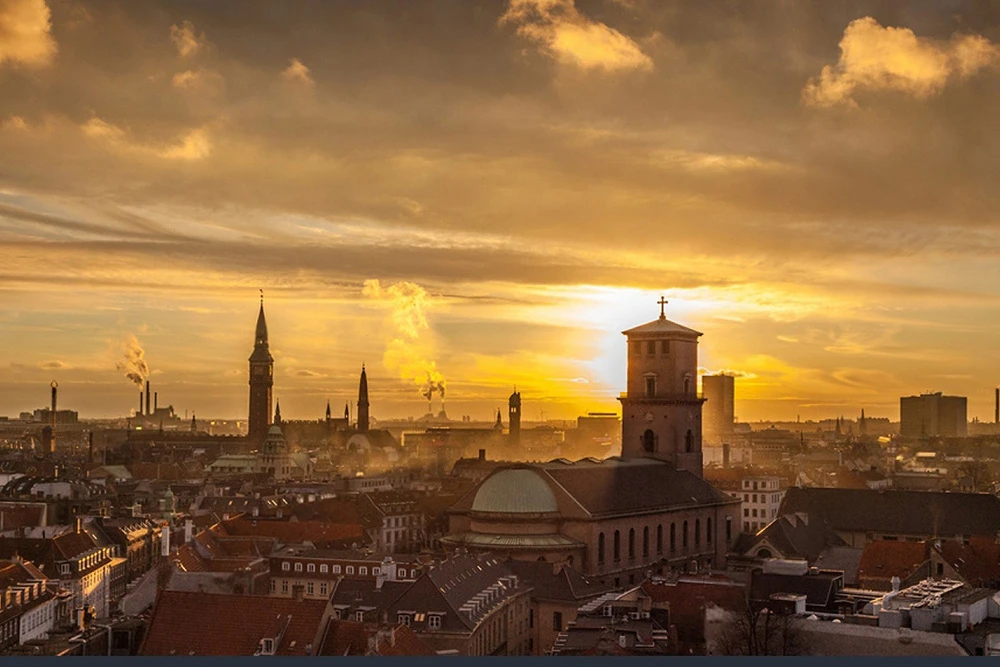
Picnics Among Legends in a Living Cemetery
I didn’t expect laughter to sound so gentle among gravestones. On a mild afternoon at Assistens Cemetery in Nørrebro, students sprawl on blankets under lime trees, the air warm with coffee and crushed clover, bicycle bells drifting like small birds along the sandy paths. Sunlight gathers on lichen soft names, and the place feels both open and tender.
It’s surprising how normal it feels. Between Hans Christian Andersen and Søren Kierkegaard, kids chase shadows, old friends share slices of rye, and the silence isn’t heavy it’s kind, as if life and memory have agreed on a quiet handshake. I remember spotting a single marigold beside a weathered epitaph and feeling a small lift in my chest; here, joy doesn’t cancel grief, they sit side by side. Maybe that’s the most Danish thing of all: treating the past with affection, and giving it a seat at the picnic.
Forks only for Copenhagen’s open faced smørrebrød tradition
Funny how a sandwich can teach you patience; in Copenhagen, smørrebrød arrives like a tidy little still life. Dark, malty rye, a cool shine of butter, briny pickled herring or rosy prawns, radish coins that crackle, dill whispering green. And there’s an unspoken rule that makes me smile: forks only. Try fingers and you’ll feel the kindest side eye brush past, a reminder that this is lunch with a touch of grace.
I love that gentle boundary; it turns the meal into a small ceremony instead of a rush. You notice the grain’s chew, the vinegar’s bright prickle, a soft lift of horseradish, how each bite stays composed. It doesn’t feel fussy more like respect for what’s been carefully built, the same quiet care that shapes the place itself. By the end, you’re not just full; you’re a little steadier, as if a modest ritual helped the day click into place.
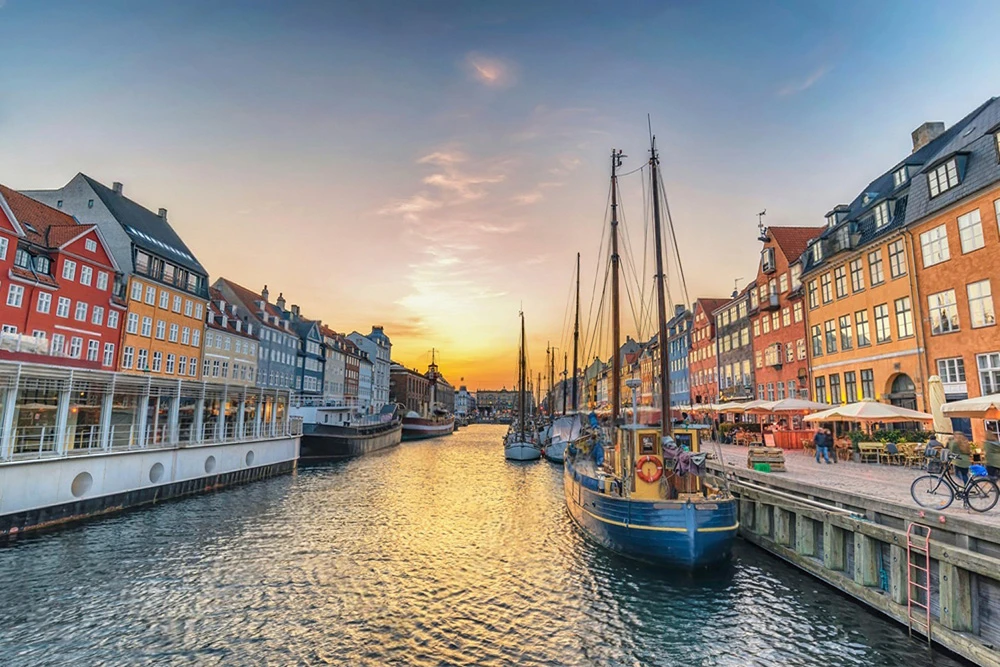
A tiny mermaid with a stubborn, patient heart
She’s smaller than you expect just 1.25 meters tall almost tucked into the shore as if she prefers listening to the tide over chasing attention. Sea wind nips at your cheeks, gulls write little exclamation points in the sky, and there she is, quiet on her rocky perch. I remember that strange mix of surprise and relief: fame, but at a human scale. It felt like she was letting the harbor do the talking salt, light, and a steady kind of hush.
People have beheaded her, splashed her with paint, tried to turn her into a joke, and still she finds her way back, chin lifted, greeting whoever wanders past next. There’s something wonderfully Copenhagen about that resilient without fuss, gentle without being fragile. In a world that loves loudness, she’s a small lighthouse for patience, reminding you that the most enduring things don’t need to stand tall to stand firm.
Where bikes outnumber cars, everyday life moves lighter
I swear the morning air feels lighter when the rush hour hums on two wheels. Bells chime like polite punctuation, tires whisper over damp pavement, and the smell of warm bread drifts from corner bakeries into the cool. Here, it’s almost comical: there are five bikes for every car, so the street sounds like a soft river of spokes rather than engines.
In Copenhagen, roughly 62% of locals pedal to work or school each day, and the bike lanes become the real highways. I love how that shifts the mood people meet at eye level, cheeks pink from the wind, kids tucked into cargo bikes, briefcases riding in wire baskets. It says something tender about what the city wants to be: close, quiet, unhurried, a place where moving forward doesn’t mean roaring louder, just breathing a little easier.
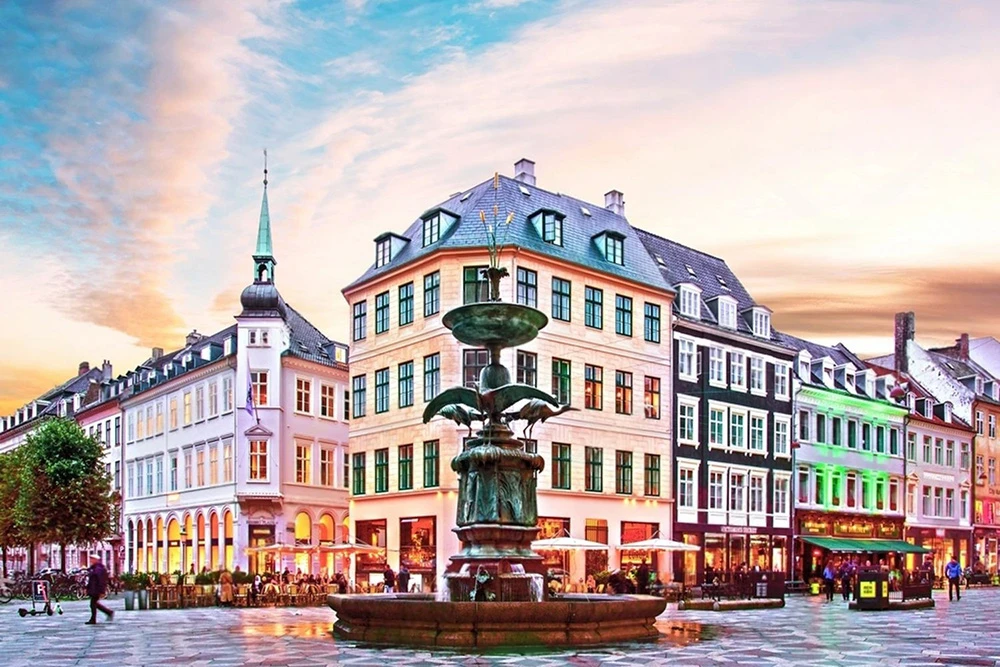
Hygge Is Togetherness, Not Just Candles and Blankets
I remember the hush of a cafe at dusk, a small flame in every window, the air tasting of cardamom and warm milk. In Copenhagen, people lean into the glow together, shoulders eased, voices low, and it hits you that hygge isn’t decor at all it’s a feeling shared like a blanket, even with the stranger at the next table.
On soft summer nights, smoke from park barbecues curls over the grass while friends trade bread, jokes, and time; in deep winter, the sauna hisses open and steam rushes out, cheeks pink and eyes bright. What surprised me most was how intentional it felt: comfort here is a group project, a small fire everyone tends so nights don’t feel so long.
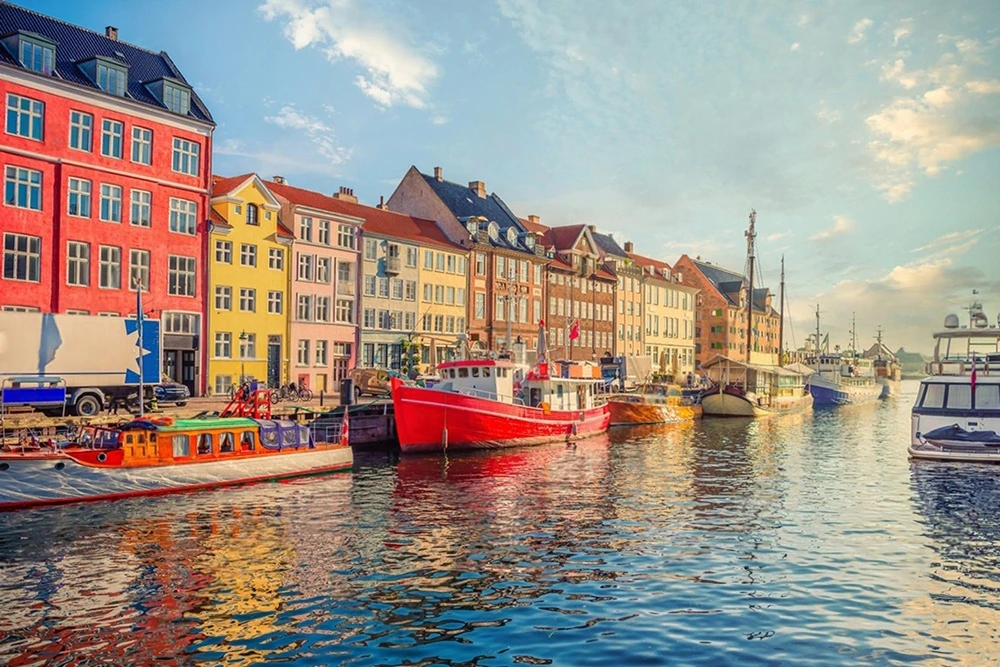
Beneath bright facades, Nyhavn’s rough history still echoes
Funny how a place so cheerful can carry a heavy story. All that sunshine paint and clinking glasses, and beneath it I picture the 1600s mud and the hands that dredged it Swedish prisoners of war carving a channel where gulls now skim and masts creak. The air still holds a trace of salt and tar that never quite leaves.
Those crooked, candy colored houses didn’t start out cute; they were built for sailors and rowdy trading crews who wanted cheap rooms, loud nights, and a quick stumble to the boats. I remember standing there, thinking how cities soften their edges over time Copenhagen wears this place like a bright scarf over an old scar, letting joy and grit sit side by side. Maybe that’s why the harbor feels so alive: even in the laughter, you sense the work that shaped it.

A yellow brick organ in a quiet suburb
I love when a neighborhood saves its biggest surprise for an ordinary corner. Out among hedges and laundry lines, Grundtvig’s Church stands like a giant pipe organ, every inch yellow brick catching the pale northern light. The lines are stern, almost severe, yet the color is warm bread crust and honey so the whole thing feels both monumental and kind.
In Copenhagen, it sits quietly in a suburban grid where bikes click by and someone waters roses, and that contrast makes it sing even without sound. I remember standing there, shoulders unclenching, because this is expressionist drama without fuss brick upon brick, purpose stacked with such patience that the air turns calm. It’s the sort of beauty that slips into daily life and changes the mood of the day, quietly and completely.
Candy rains from a cat shaped barrel
I remember stopping mid step at the sound of hollow thuds, then laughter, then a clatter of sweets scattering like tiny tambourines on the pavement. It was Fastelavn, that Danish mash up of Halloween’s costumes and Carnival’s mischief, where kids take turns whacking a painted barrel shaped like a cat. Once, the barrel held a real black cat grim to imagine now these days it holds nothing but candy and the soft echo of strange, old beliefs, like thunder softened with sugar.
In Copenhagen, the air was crisp enough to tint cheeks pink, and the kids were all capes and cardboard crowns, their mittens sticky with chocolate. There’s such tenderness under the racket the care of grown ups cheering the small ones on, the giggle that follows a near miss, the bashful pride when the barrel finally breaks and everyone dives for sweets. The past is there, but it’s gentled, turned into a story you can hold in your hands.
What I love is how it shows a country’s heart without saying a word: we inherit odd rituals and slowly fill them with kinder things. Fastelavn feels like that a small winter turning to spring inside a wooden drum, proof that even the strangest traditions can grow up and still sparkle.
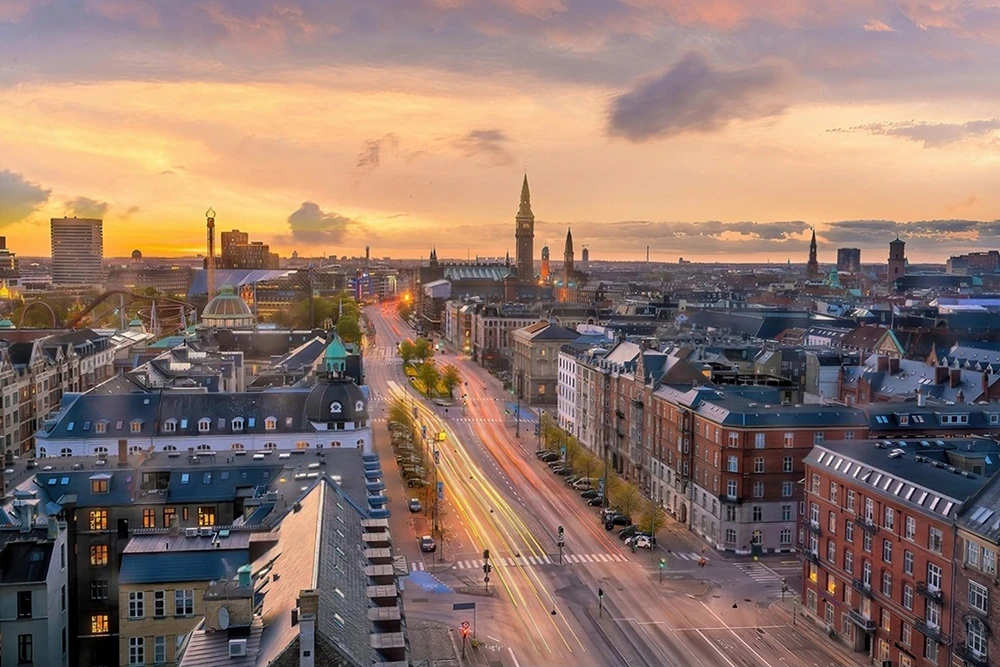
J Day, when beer and snowmen roll by
It starts as a thrum in the cold, that bassline that slips between scarves and foggy breaths, and suddenly the street is a moving postcard: trucks dressed in paper snow and neon blue, DJs grinning like they know a secret, snowmen bobbing along as if winter hired its own parade. I remember thinking how silly and perfect it was, this “Christmas Beer Day” that turns an ordinary night into a small riot of cheer. The air smells like hops and wool, and Santa hats tilt at jaunty angles as if the city collectively decided to wink.
Somewhere in Copenhagen, a circle forms beneath a streetlight and cups rise toward the amber glow; someone says “Jul” and the word feels warm, like a candle in the palm. The first sip is a reminder that celebration doesn’t need grandness just a beat, a shared grin, and a reason to clink with strangers. I love how J Day is both loud and tender, a little carnival of coziness, the whole place agreeing to meet winter at the doorstep with laughter. For one night, it feels as if the season arrives not on a calendar but on a truck, and you can hear it before you see it.
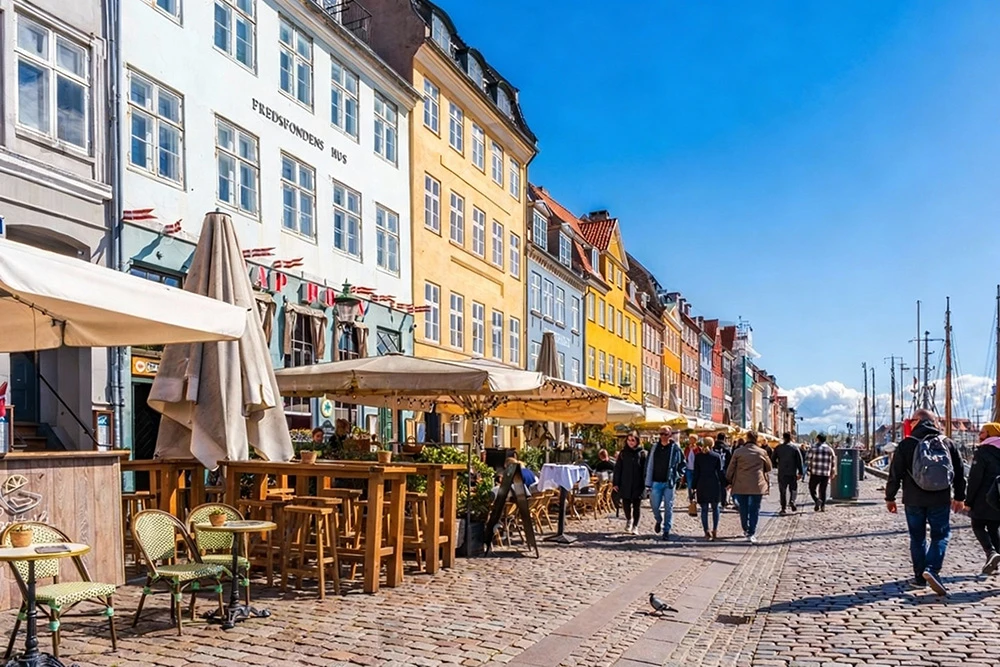
Bonfires glow and a straw witch says goodbye
There’s a hush just before the flames catch, that breath between twilight and applause. Then the beaches and parks flare up at once, and you can smell salt and smoke braided together while conversations rise like warm air. Laughter skips across the dark water, someone hums a tune, and the shoreline looks stitched with small suns. I remember thinking how Sankt Hans Aften feels both carefree and ceremonial, summer deciding to stay a little longer.
Then the straw witch goes on the pyre – not real, of course – a playful exorcism meant to nudge evil out of the way. In Copenhagen it lands with this perfect mix of medieval folklore and modern party spirit: sparks lifting old stories while paper cups clink, kids run wild, and voices fall into an easy chorus. It’s odd and beautiful that something called a “witch burning” feels tender, almost protective; more about letting go than punishing anything. I walked home smoky haired and light hearted, as if the fire had taken a few worries with it, and left only the bright, stubborn promise of summer.

The last medieval wall hides by Nørreport station
I almost walked past it the brick no bigger than a shoulder, tucked by the Lion and Lioness at the rush of Nørreport. Bikes hissed by, a bakery exhaled warm air, and there it was: a rough bite of wall, cool and stubborn beneath the day’s chatter.
It’s the last surviving piece of the medieval wall in Indre By, the oldest part of Copenhagen. I love how small it is how history doesn’t always arrive with trumpets; sometimes it lingers at ankle height, patient as moss. I found myself thinking about all the other stones folded into newer streets and softer lives, the way a city keeps one button from its old coat.
After that, the bells, footsteps, and soft hum of cyclists felt older and kinder. A tiny ruin can do that it slows you down just enough to notice the lives that passed here before you, and it turns an ordinary commute into a quiet moment of gratitude.
After eight, cash slips off the table
I remember a cashier smiling at my handful of coins and pointing to a small sign: card only after 8:00pm. The room hummed with neon and the soft whirr of a fridge, and suddenly the rule felt less like a hassle and more like a gentle boundary. In this city, it’s the law meant to quiet the risk after dark and let the people behind the counter breathe a little easier.
At first it seemed odd, the way the clink of coins goes silent at night like birds settling at dusk. But it makes a certain kind of sense: cash can draw the wrong kind of attention, while a quick tap slides by like a whisper. There’s kindness in it, really a small shield for the person watching the door chime, a way the city tucks in its shopkeepers so the night can stay calm and ordinary.
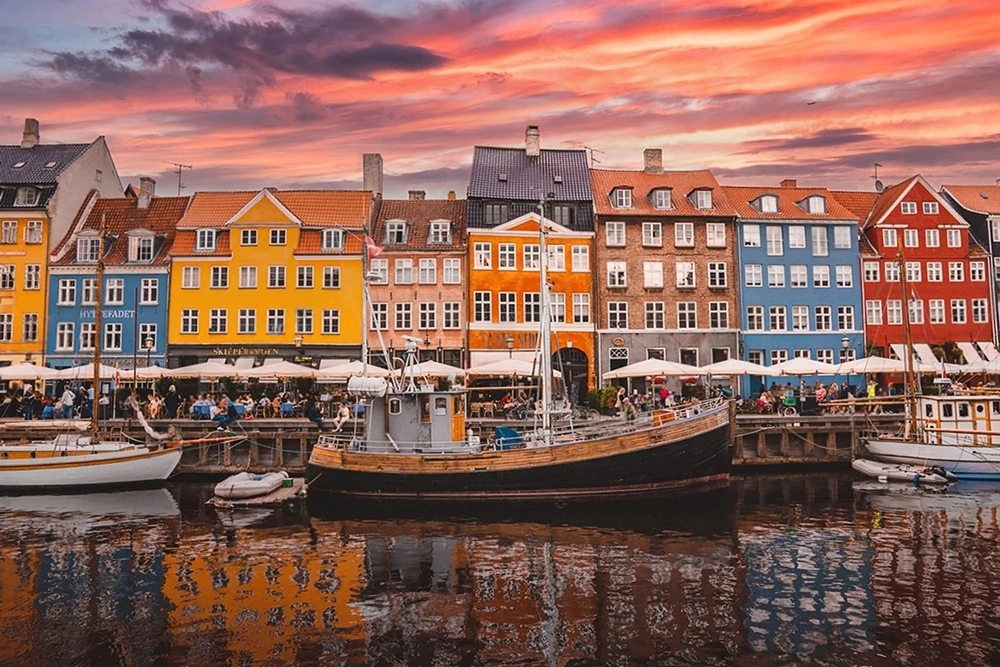
Tasting the North in a Copenhagen warehouse
The air smelled like salt and stories. Inside the North Atlantic House, the old timber seems to remember tides, and so do the rooms part museum, part cultural hearth keeping the art and food of Greenland, Iceland, and the Faroe Islands alive. It’s tender and thoughtful about history too; the word “colonies” sits there with all its weight, yet the place answers with songs, textiles, and small acts of care that feel like mending.
I remember nibbling a shard of dried fish, crisp and briny, like wind on your lips after a long ferry. Then a clear shot of schnapps clean, caraway bright warming you from the inside, a small lighthouse in the chest. The Faroese beer followed, malty with a shy bitterness that hints at weather and patience. Tasting them in that quiet, sea breathed space, I felt how flavor can carry memory better than any plaque: a simple way to learn, to listen, and to understand how these northern islands have long shaped this place.
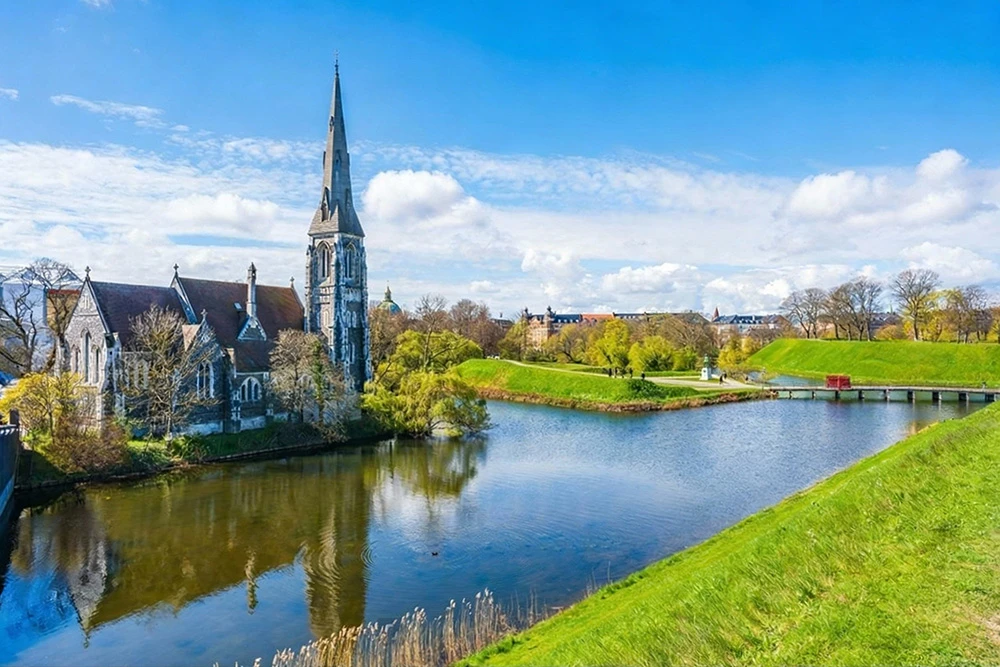
A wobbly harbor bridge that invites conversation
I laughed the first time the walkway trembled beneath me. On the Circle Bridge, the slight sway feels like a gentle heartbeat underfoot, nudging you to slow down. The wind smells faintly of brine, bike bells tinkle in the distance, and the water flickers in broken sunlight a small invitation to be present, so very Copenhagen.
Because you can’t rush it, you end up matching steps with a stranger, trading a comment about the breeze, the light, a shared smile. It reminded me that good design can be a gentle nudge toward each other, a quiet kindness you feel more than notice how a bridge can connect more than shores. I walked off slower and somehow not alone.
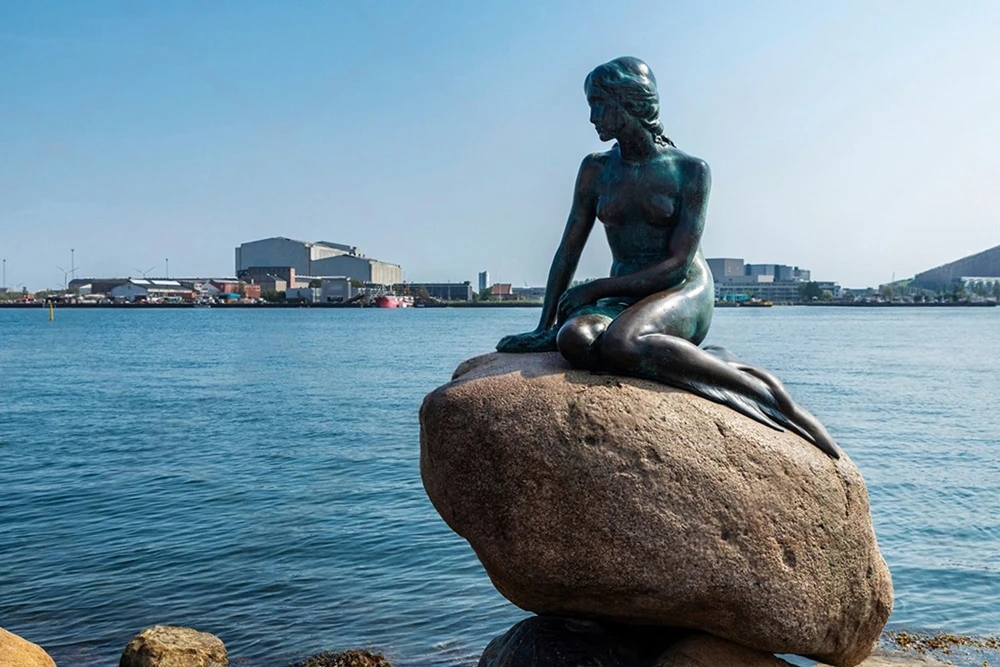
A breakfast toast with bitter Danish courage
I still laugh at how the morning light felt too honest that day, and then someone slid a tiny glass beside my coffee like a secret. “Gammel Dansk,” the server said, the air thick with the smell of fresh rye bread and steam. In Copenhagen, after a night that ran a little too late, some cafes greet the morning with this bitter herbal nudge, a quiet agreement that celebration has consequences and pleasures.
The first sip is pine and clove and orange peel, like chewing on a forest, followed by a small fire lit in the chest. I remember the soft clink of porcelain, the sleepy smiles, the way the room seemed to steady itself as the warmth spread. It isn’t about bravado; it’s a gentle reset, a nod to resilience the Danish kind of kindness that’s brisk, honest, and quietly warm. Somehow that little shot with breakfast turns the morning into a small ceremony: we made it through the night, and now we begin again.
Secret riddles and chocolate debts in Danish Easter letters
I love how a secret can be wrapped in paper lace. On gray sky afternoons, the table disappears under crisp cutouts and curls of white confetti, and someone slips a rhyme between the folds. In Denmark they call it gækkebreve: a shy little Easter letter, snipped into delicate shapes, signed only with a line of dots where a name should be. The mystery sits there like a grin you can’t quite catch.
I remember guessing until my tea went cold, feeling that sweet tug between knowing and not knowing. If you miss, you owe an egg, and that small chocolate debt is the easiest promise to keep. What I love is the gentleness of it the way a whole game rests on trust and a wink, on the thrill of being seen without saying your name. It fits the season, when light returns and everyone seems to lean a little closer.
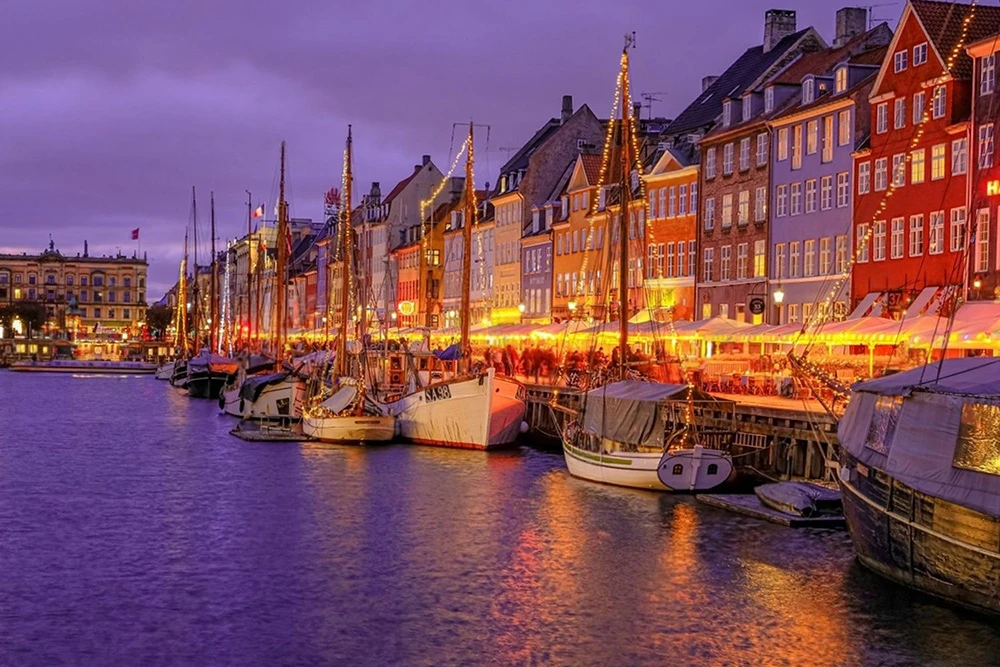
Underground galleries in bunkers, containers, and churches
I didn’t expect beauty to smell like damp concrete. Down in the old bunker, my steps softened to a hush and the walls were layered with color, brushstrokes tender against rough cement. A film flickered across the room and faces in the crowd glowed and faded with it. It felt like this city kept a second heartbeat below the pavement, steady and brave.
Out by the tracks, shipping containers have been carved into small rooms, and warm light spills out like a lantern in winter. Somewhere else, a quiet church has become a gallery; the stained glass casts blues and golds over wild installations, and the pews creak, the hush curious instead of reverent. I remember standing there, a bit of soot in the air and paint in my throat, thinking how art keeps finding shelter where it can and how that stubborn hope is exactly why I love being here.
A Danish hot dog is a tiny masterpiece
It caught me off guard that a hot dog could feel so considered. The first bite is all contrasts: sharp pickles waking things up, the snap of the sausage, a warm bun holding it together. Then the fried onions break like little shards of crunch, and a sun yellow ribbon of curried remoulade runs sweet tangy through it all. It’s not a pile on, it’s balance each piece there on purpose, like a design lesson in a bun.
I remember thinking how deeply Danish it felt to polish something so everyday until it glows. In Copenhagen, the pickles make perfect sense bright against the rich, playful without being messy and those onions bring joy the way laughter does, quickly and completely. That careful, friendly harmony made me feel quietly looked after, the way this place often does: ordinary moments, made generous with a handful of crunch and a gentle sweep of remoulade.

The park that refuses to ever be finished
I love places that never declare themselves done. At some point, the founder of Copenhagen’s Tivoli Gardens made it simple: “the park will never be finished.” You can feel that promise in the air spring tulips giving way to summer brass bands, the warm drift of roasted almonds near a freshly painted ride, lanterns winking on as if the night just learned a new trick. Every season seems to bring another surprise, and somehow it still feels like the same beloved heartbeat.
Once, while wandering there, I watched a child tug a parent toward something new while an older couple lingered over licorice by the roses, everyone caught up in the same soft buzz of delight. It felt like a living notebook with a fresh page each season. Maybe that’s why it never ages there’s always another corner to discover without losing the ones you already love. That unfinished rule isn’t just tradition; it’s an invitation to keep changing, and to keep coming back.
Old peepholes and the quiet art of approval
I still smile thinking about that tiny brass peephole – not a guard against burglars so much as a stage for everyday nerves. In the hush of the stairwell, where the air smells faintly of laundry soap and wool coats, you hear the soft clink of bottles and wonder if the yogurt lid was rinsed enough to pass unnoticed. That little lens becomes a tiny theater for neighborly conscience, where your best intentions meet the hallway’s gentle, imagined gaze.
In Copenhagen, those antique peepholes feel like a handshake from an older, tidier era, repurposed into a nudge toward care. I remember catching myself peeking, not out of fear, but out of wanting to be the kind of neighbor who carries their share of the common life. It’s oddly beautiful – a brass eyelid reminding you that small acts matter, and that even in silence, we’re all teaching each other how to live a little more thoughtfully.

Refilling bottles, skipping brands, all over town
That first sip made me smile cold, bright, almost like snowmelt. It carried a faint mineral whisper, nothing chemical, and I trusted it without thinking. Everywhere I looked, people topped up their sturdy bottles without fuss, labels irrelevant, just water and a quick nod. In Vienna, it felt normal, the kind of everyday grace you only notice when you realize you haven’t seen anyone buy a bottle in hours.
In the parks and squares, little chrome spouts wait in the shade, water ringing against metal as kids dash past and commuters pause. Those fountains feel like small promises the city keeps, simple and generous. I remember how comforting it was to be part of that quiet ritual how a clean drink on a warm afternoon can make you feel quietly looked after.
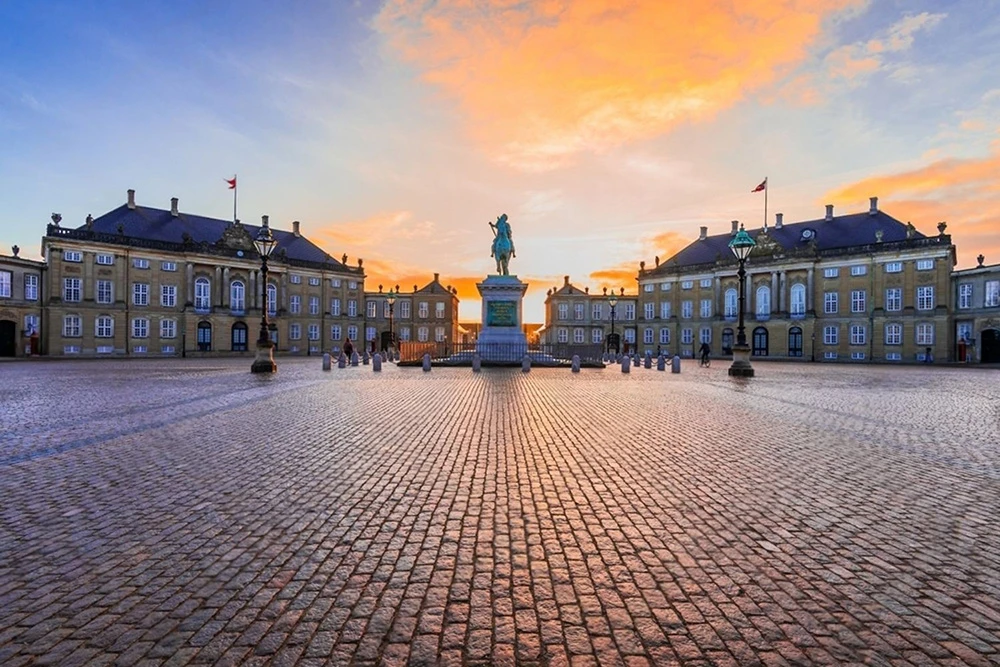
Europe’s big Pride with an endearingly quirky heart
I remember the air tasting faintly of sea salt and cinnamon, a strange and wonderful mix for a parade. Then the road bloomed into a tide of color sequins catching the shy sun, drums nudging the heartbeat of the crowd. A drag queen winked from a pair of sky high heels, a line of sailors laughed in rhythm, and somewhere in the middle an elderly baker waved with flour still soft on his sleeves.
They call it one of Europe’s biggest Pride parades, but what surprised me was how close it felt, like joy leaning in to whisper your name. In Copenhagen, the march holds everyone at once: drag royalty, uniformed sailors, and those sweet faced bakers who look like they stepped out of a warm kitchen, sugar dusted and proud. The city’s gentleness meets its courage right there on the street, and you can feel both at the same time.
What lingered afterward wasn’t the scale but the feeling that belonging can be loud without losing its kindness. When elders, sailors, and drag stars share the same rhythm, the city seems to say there’s room for every version of you. I carried that softness home, a quiet reminder that pride can be as tender as it is bold.
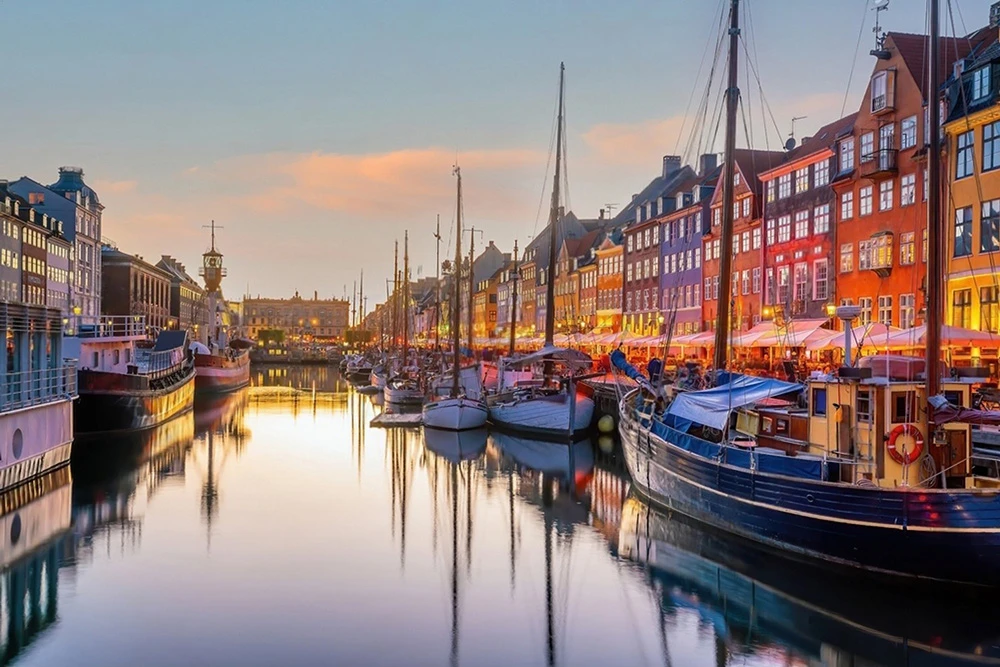
A king’s regret haunts Rosenborg Castle’s moonlit halls
Sometimes the air in old rooms feels heavier, almost polite. I remember pausing in a long corridor, boards faintly creaking, wax and old wood in the air, and that small shiver of being noticed. People whisper it’s Christian IV, the king who can’t sleep, pacing the quiet, mourning battles and promises that came apart.
What surprised me wasn’t fear but the gentleness. It made the place feel human, its gilded rooms holding heartbreak the way winter holds light. Maybe that’s why the tale stays: we all know the sting of unfinished words, and in that hush, the echo could be our own.
Good luck follows the Grey Lady’s drifting steps
Some nights the cobbles feel like they’re listening. That’s when the story of the Grey Lady surfaces the one they say was blamed for witchcraft long ago and left to wander anyway, soft as fog. In this city’s historic center, lamplight puddles on damp stone, and the air has that cool, mineral hush that makes you lower your voice without knowing why.
What I love is how the legend flips fear into kindness: spot her, and luck is said to tag along or at least you’ll leave with a tale that warms a long dinner later. It’s funny how a place grows braver when you share it; I remember walking there and feeling the street narrow and widen like a breath, as if time made room for someone else to pass.
Maybe that’s why she lingers: a reminder that stories can pardon what history punished. If you ever catch a pale drift at the corner of your eye, don’t chase it just let the moment settle and take whatever small courage or luck it hands you. Either way, you’ll have something gentle to carry home, the kind of secret that makes the night feel closer.
A City That Turns Tuesdays Into Celebrations
I didn’t expect a Tuesday to feel like a celebration. Down a quiet lane, someone had set mirror tiles into the brick so the afternoon sun broke into tiny flares on our cheeks; chalk drawings wandered along the cobbles, bright and smudged. A bass line hummed from somewhere, the breeze carried a salt edge, and people paused the way you do when something small but kind has happened. This place keeps a pocketful of confetti hidden in its sleeve, and it spills at the slightest laugh.
Later, when a speaker thumped to life, strangers grinned and the street became a party for no reason other than the hour felt good. In Copenhagen, there’s this gentle belief that play belongs to everyone so midnight swims aren’t a stunt, just a habit, cool harbor water tightening the skin while city lights stipple the dark. Days here open like surprise letters, and I love how quickly the ordinary loosens its collar; it’s the kind of joy you text a friend about before the night has even dried from your hair.

Final thought
In the small corners and passing moments, the hidden stories, small details, and human moments help reveal a truer sense of Copenhagen. They remind us that a place is felt in patience, in the kindness of an exchange, in how an ordinary street stays in mind long after you’re gone. Taken together, they form a quiet mosaic you only notice when you slow down. Keep wandering with that gentle attention, open to the next small wonder ahead.

